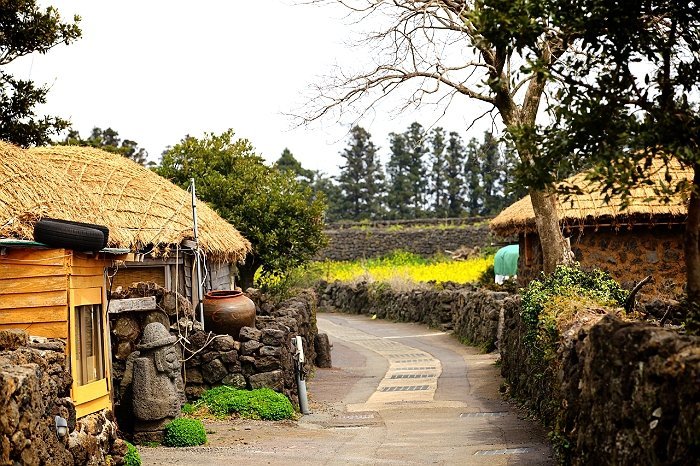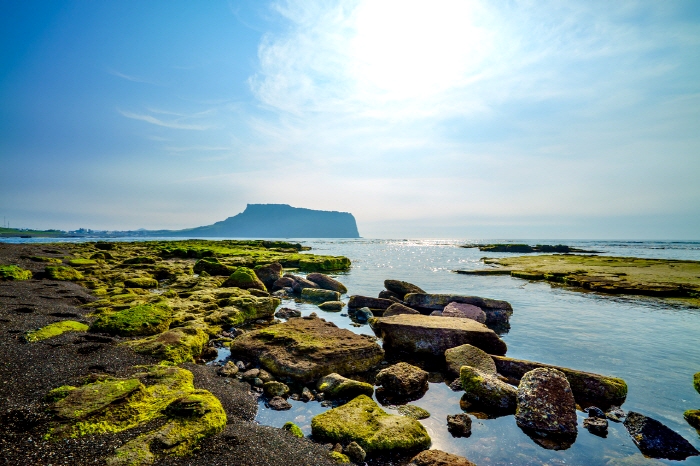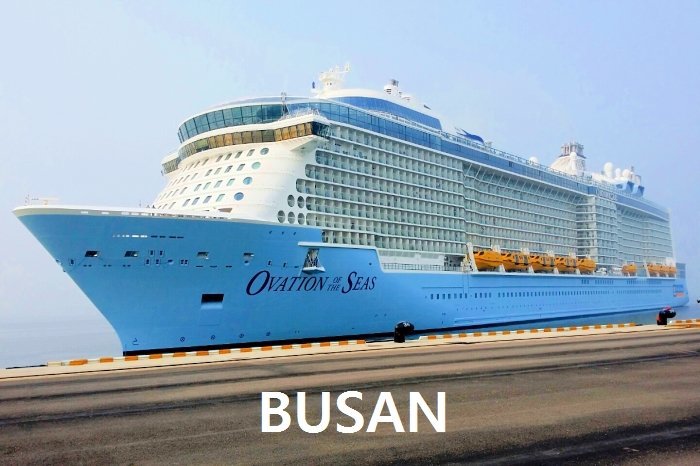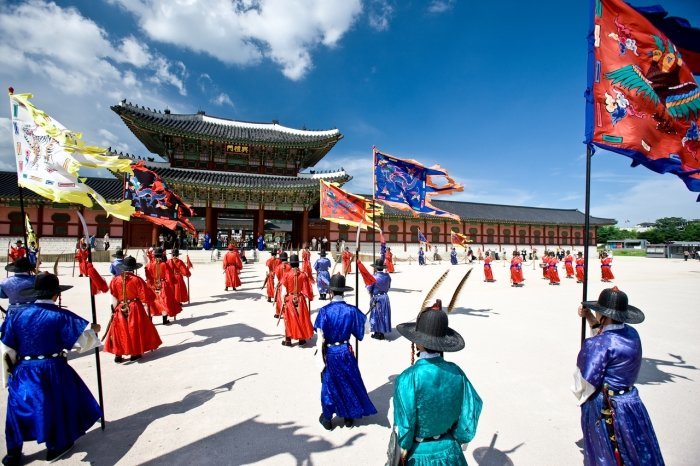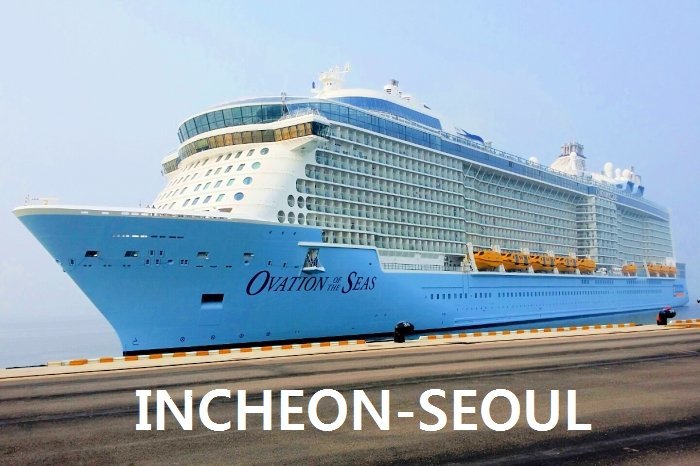- Tour Code : PD50
- From USD 64.30 ~ (Pricing per person)
- Different Pricing based on No. of Pax
- Tour Duration : 5~8 hours (Early Morning to Boarding time)
- Language : English
- Maximum participant allowed : 7 pax
- Please email us if your group is more than 7 pax
- Please email us if you like to pay only deposit first
Cruise Ship Shore Excursion – Highlights of Jeju
$ 64.30
Description
** Itinerary is adjustable according to your meeting time, preference and request.
| Pick up at Jeju Port (Early Morning) | |
| Manjanggul Cave (UNESCO Natural Heritage) | |
| 12:00 | Lunch (If you need) |
| Seongsan Sunrise Peak (UNESCO Natural Heritage) | |
| Seopjikoji | |
| Seongeup Folk Village | |
| Drop off at Jeju Port (Until your Boarding time) |
Inclusion
Private Vehicle (All related cost), English Speaking Licensed Tour Guide Service
Exclusion
Admission fee : Manjanggul Cave – Krw 5,000 / Seongsan Sunrise Peak – Krw 5,000 / Guide will assist you to pay by credit card
Meal : Krw 6,000 ~ Up to your choice / Guide will assist you to pay by credit card
Pricing Per Person
1 person USD 410
2 persons USD 205 p/p
3 persons USD 136.67 p/p
4 persons USD 102.50 p/p
5 persons USD 90 p/p
6 persons USD 75 p/p
7 persons USD 64.30 p/p
Please email us if your group is more than 7 pax
Remark
Schedule can be tuned according to your interests and your time duration on the tour day.
Highlights of Jeju (East coast)
Manjanggul Cave is one of the finest lava tunnels in the world, and is a designated natural monumnet. Only 1km of the 13,422 m is open to tourists. The inside of the tunnerl sustains a temperature 11~21’c
Seongsan Ilchulbong Peak rose from under the sea in a volcanic eruption over 100,000 years ago. Located on the eastern end of Jejudo Island, there is a huge crater at the top of Seongsan Ilchulbong Peak. The crater is about 600m in diameter and 90m high. With the 99 sharp rocks surrounding the crater, it looks like a gigantic crown. While the southeast and north sides are cliffs, the northwest side is a verdant grassy hill that is connected to the Seongsan Village. The ridge provides an ideal spot for walks and for horse riding as well.
The sunrise from the crater is magnificent. Also the Seongsan Ilchulbong Peak surrounded by bright yellow colored rapeseed flowers in the spring is truly a sight to behold.
Seongeup Folk Village shows the unique culture of Jeju Island: the black lava rock walls, the straight but curvy alleys to block the wind, and the stone grandfather statues (Harubang), which have become a prime feature of the landscape. The local black-haired pigs and tongsi (pigsty / restroom) are especially well-known characteristics of Jeju folk culture. The Jeju black pork is said to be very nutritious.
Seopjikoji is located at the end of the eastern shore of Jeju Island. “Seopji” is the old name for the area, and “Koji” is Jeju dialect meaning a sudden bump on land. On Koji hill which is wide and flat, there stands a stone Bongsudae called “Hyeopjayeondae” with a 4m height and 9m length and width that has retained its original form.
Seopjikoji was the filming site of “Gingko Bed,” “The Uprising,” “One Thousand and One Nights” and other Korean TV dramas. Nearby attractions include Jeju Folk Village and Udo Island as well.

